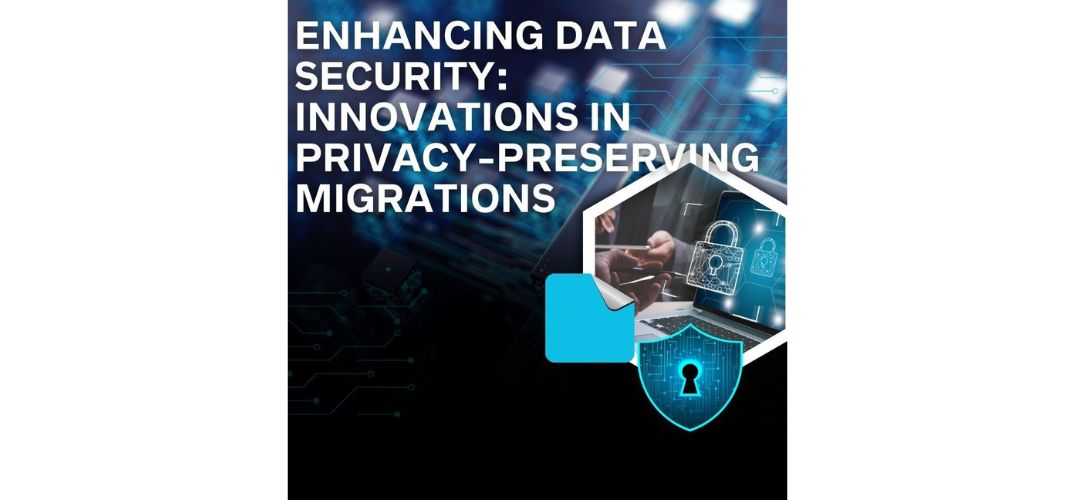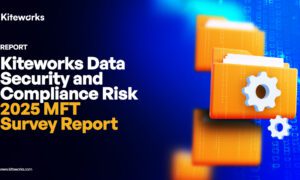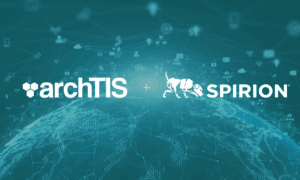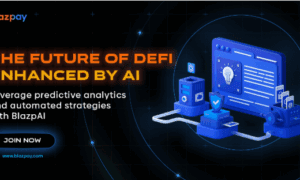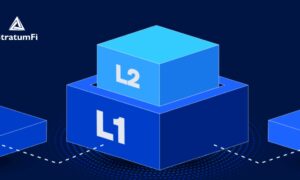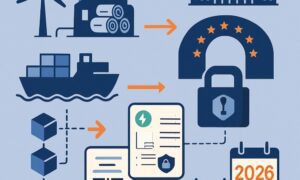In the ever-evolving digital landscape, safeguarding sensitive data during enterprise database migrations has become a critical challenge. Solomon Raju Chigurupati, an expert in privacy-preserving data techniques, explores innovative methodologies that ensure secure data transfers while maintaining operational efficiency. His research emphasizes the significance of privacy-centric strategies in sectors where regulatory compliance and data security are paramount.
The Growing Need for Privacy-Preserving Migrations
Database migrations introduce significant data privacy vulnerabilities that organizations must address proactively. During these transitions, sensitive information becomes exposed to multiple points of potential compromise, from extraction to transit and ingestion. Implementing robust encryption protocols, comprehensive audit trails, and strict access controls is essential to mitigate these risks. Additionally, businesses should conduct thorough risk assessments before migration, create detailed data handling procedures, and ensure staff receive appropriate security training. Developing contingency plans for potential breaches further strengthens an organization’s security posture. Compliance with industry-specific regulations like HIPAA and GDPR must remain a priority throughout the entire migration process, protecting both organizational integrity and customer trust.
Advanced Encryption for Data Security
Encryption remains a cornerstone of data security during migration. Traditional encryption methods secure data at rest and in transit, but recent advancements in homomorphic encryption take protection a step further. This approach allows computations on encrypted data without decryption, significantly reducing exposure to potential breaches. Studies indicate that homomorphic encryption can mitigate privacy risks by 99.3%, making it an invaluable tool in secure database transitions.
Tokenization: A Robust Privacy Solution
Tokenization has emerged as a key strategy in protecting sensitive data during migration. By replacing original data with unique tokens that maintain format and structure, tokenization minimizes exposure while preserving system functionality. This method has proven highly effective in financial institutions.
Implementing tokenization requires careful planning and specialized expertise to ensure seamless integration with existing systems. Organizations must establish robust token mapping repositories with military-grade security to prevent correlation attacks. Modern tokenization platforms offer dynamic protection that adapts to evolving threats, supporting both structured and unstructured data across cloud and on-premises environments. The investment delivers significant returns through reduced breach risks, streamlined compliance reporting, and enhanced customer trust. Furthermore, tokenization enables safer data analytics by allowing teams to work with representative datasets without exposing actual sensitive information.
Differential Privacy: Protecting Individual Identities
For organizations that rely on large-scale data analytics, differential privacy offers a cutting-edge solution. This technique introduces noise to data queries, preventing the identification of individual records while maintaining the overall statistical utility of the dataset. Healthcare providers leveraging differential privacy have reported a 94% retention of analytical value while ensuring compliance with strict privacy mandates.
Balancing Security and Performance
One of the major challenges of implementing privacy-preserving techniques during migration is the potential impact on system performance. Encryption-heavy strategies can increase processing time by 15-40%, depending on complexity. However, recent innovations in selective encryption and optimized tokenization have reduced this overhead to below 10%, striking a balance between security and efficiency.Organizations can further minimize performance impacts by implementing tiered security approaches that allocate appropriate protection levels based on data sensitivity. Distributed processing architectures specifically designed for cryptographic operations can parallelize workloads effectively.
Regulatory Compliance and Data Sovereignty
With global regulations such as GDPR and CCPA imposing stringent data protection requirements, enterprises must align migration strategies with compliance frameworks. Privacy-preserving techniques not only help organizations avoid hefty fines but also build consumer trust. Proper implementation of these strategies has been shown to reduce compliance audit scope by up to 80%, providing significant operational advantages.Organizations implementing comprehensive privacy frameworks proactively gain competitive advantages through streamlined regulatory processes and enhanced stakeholder confidence.
In conclusion,As technology advances, the need for secure data migration strategies will only intensify. Enterprises that adopt robust privacy-preserving measures will not only safeguard their data but also enhance their competitive edge in an increasingly digital world. Solomon Raju Chigurupati underscores that privacy is not just a regulatory requirement but a fundamental aspect of responsible digital transformation.By integrating these innovations, organizations can confidently navigate the complexities of database migrations while upholding the highest standards of data protection.

